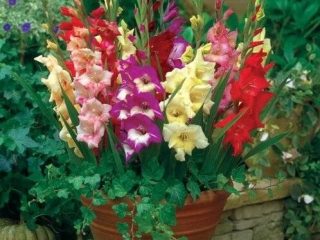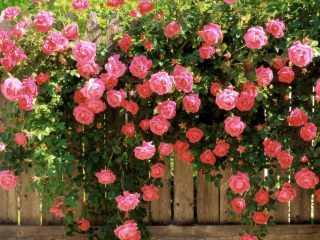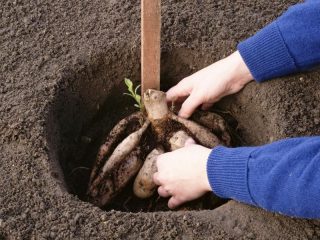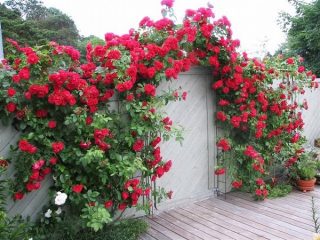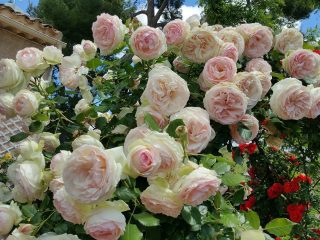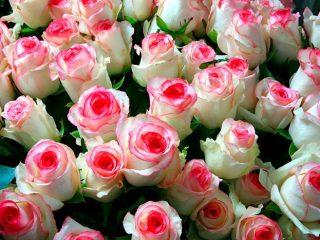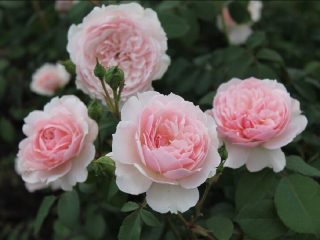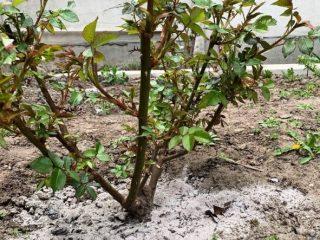Content
Peony Kvitsin is a hybrid variety with unusual genetics. He is unpretentious, has an amazing appearance and strong immunity. With proper care, the plant will bloom for a long time, rarely get sick, and also delight in appearance.
History of appearance
Kvitsin was developed by the Swedish scientist Fawkner. The variety is quite young, but it is well known to professional designers and florists.
Description of the Kvitsin peony with photo
A medium-sized herbaceous shrub with powerful buds reaching 22 cm and a pleasant smell - this is how the Kvitsin peony can be briefly described. It is noteworthy that the flowers have a heterogeneous color: green, white, cream shades may be present, which are often found in the form of stripes and spots.

Peony has very delicate petals
The disadvantage is that the buds open slowly. The summer resident has to wait several days.
As the bud turns into a flower, all “foreign” shades, especially the green color, disappear - the Kvitsin peony becomes light yellow.
Like the sun hidden behind a cloud, the plant gently reminds you of its presence without straining your eyes.Large flowers cause the stems to bend towards the ground and the branches often break under the weight. To prevent this from happening, gardeners advise tying up bushes in advance.
The variety can be confidently called undemanding. It is winter-hardy and tolerant of negative temperatures. It can withstand frosts down to -38 degrees and can be grown in different regions of the country. Peony Kvitsin gets sick extremely rarely - mainly due to the negligence of the summer resident.
Features of flowering
The hybrid is characterized by prolonged budding, which begins in the last weeks of June. Therefore, the shrub is a late bloomer. Flowering lasts about 3-4 weeks, after which the buds inevitably fall off.
Advantages and disadvantages
The perennial has an attractive appearance, smells pleasant and is almost disease-free.
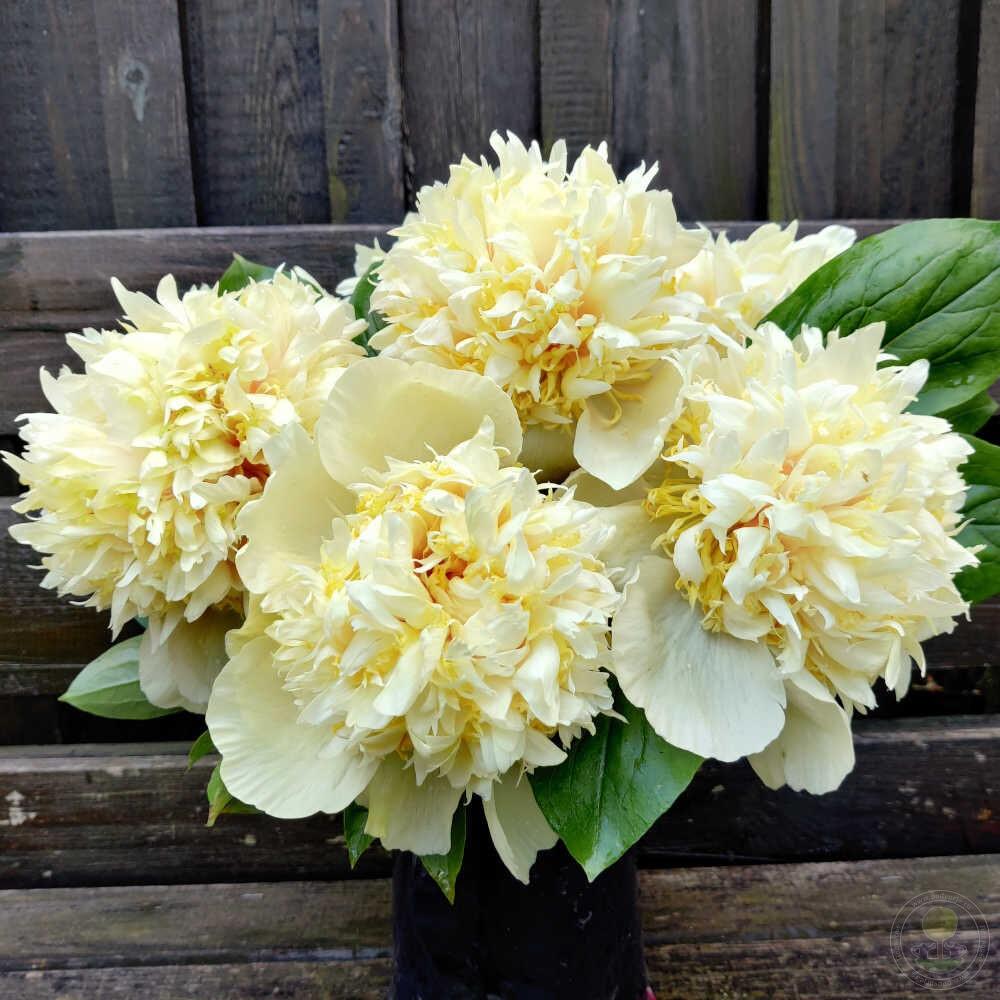
Kvitsin is actively used by florists - the buds last a long time when cut and go well with other flowers
Pros:
- high winter hardiness;
- long flowering;
- huge, strong buds;
- delicate colors;
- endurance.
Flaws:
- Compared to other peonies, Kvitsin seedlings are more expensive;
- the seeds do not germinate.
Landing rules
The hybrid requires a lighted area, fertile enough for planting a large bush, at the same time windless and drained. These are the ideal requirements to start growing.
Peony Kvitsin has almost no requirements for the substrate. But if possible, it is better to start from loamy soils with neutral acidity.If you plan to grow them at home, the best solution would be to buy store-bought soil marked “for peonies.”
30 days before planting, it is necessary to prepare the area on which Kvitsin will grow. To do this, dig a small hole - 50 x 50 cm - and fertilize it with mullein solution, peat or leaf soil. By the time of actual planting, the gardener will only need to dig a hole and place the Kvitsin peony there.
After this, it is necessary to water the seedlings, and the next day cover the bushes with a loose layer of mulch.
Care instructions
The Kvitsin peony requires traditional care. In order for the bushes to grow healthy, they are watered no more than twice a week, using 20-25 liters of water. In spring and at the time of flowering, the perennial needs a lot of moisture.
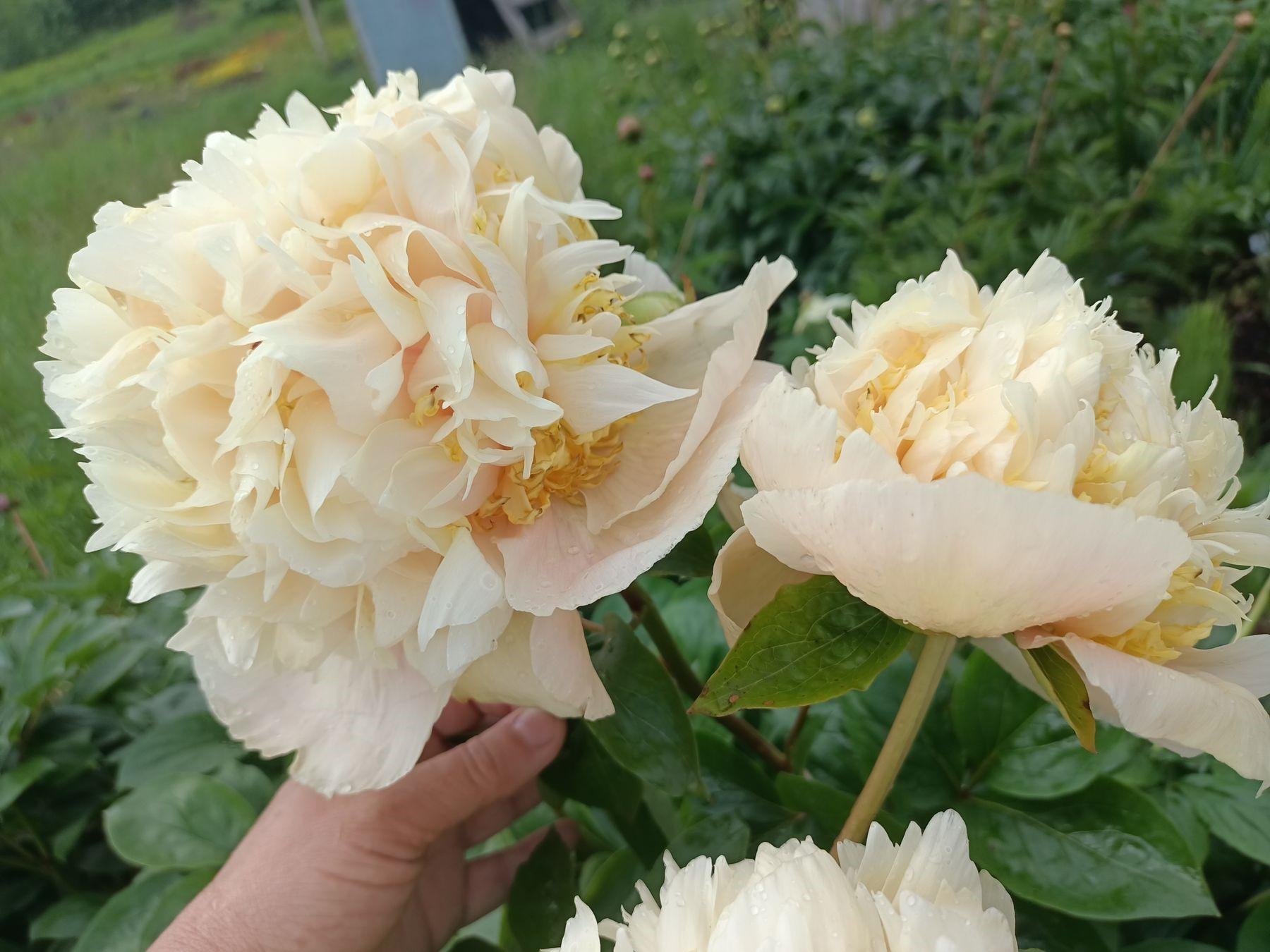
If the shoots dry out, increase the volume of water, observing the reaction of the Kvitsin peony
Fertilizers are used three times a year. First, minerals are applied - added from March to May - that is, nitrogen and phosphorus. At the beginning of budding, organic matter is added, and after flowering, potassium-phosphorus mixtures are added.
Loosening is a procedure that is often forgotten. At the same time, in importance it ranks next to the application of fertilizing. Thanks to loosening, the root system is saturated with oxygen. At the same time, the area can be weeded from weeds.
Preparing for winter
The winter hardiness of peonies is one of the main reasons for their popularization in the Russian Federation.Kvitsin does not require shelter in most areas, but the plant should not be left “as is” either - it is necessary to update the mulch and bring its height to 12-14 cm.
In Siberia and the Urals, young plantings are always covered. Use any available agrofibre. Starting from the third year, the procedure becomes optional, but mulching continues.
Reproduction methods
A full-fledged plant can be grown using cuttings and layering. The best way is to divide adult bushes. The hybrid also produces seeds, but they are not used as raw materials for planting, since their germination rate is below 50%.
To propagate the Kvitsin peony by layering, you need a healthy shoot growing close to the soil surface. The gardener must make a cut and treat it with Epin. After this, the stem is pressed to the ground, secured with a pin and lightly sprinkled. By autumn you need to see whether the root system has developed. If yes, the cuttings are separated, otherwise they continue to be grown for some time next to the mother peony.
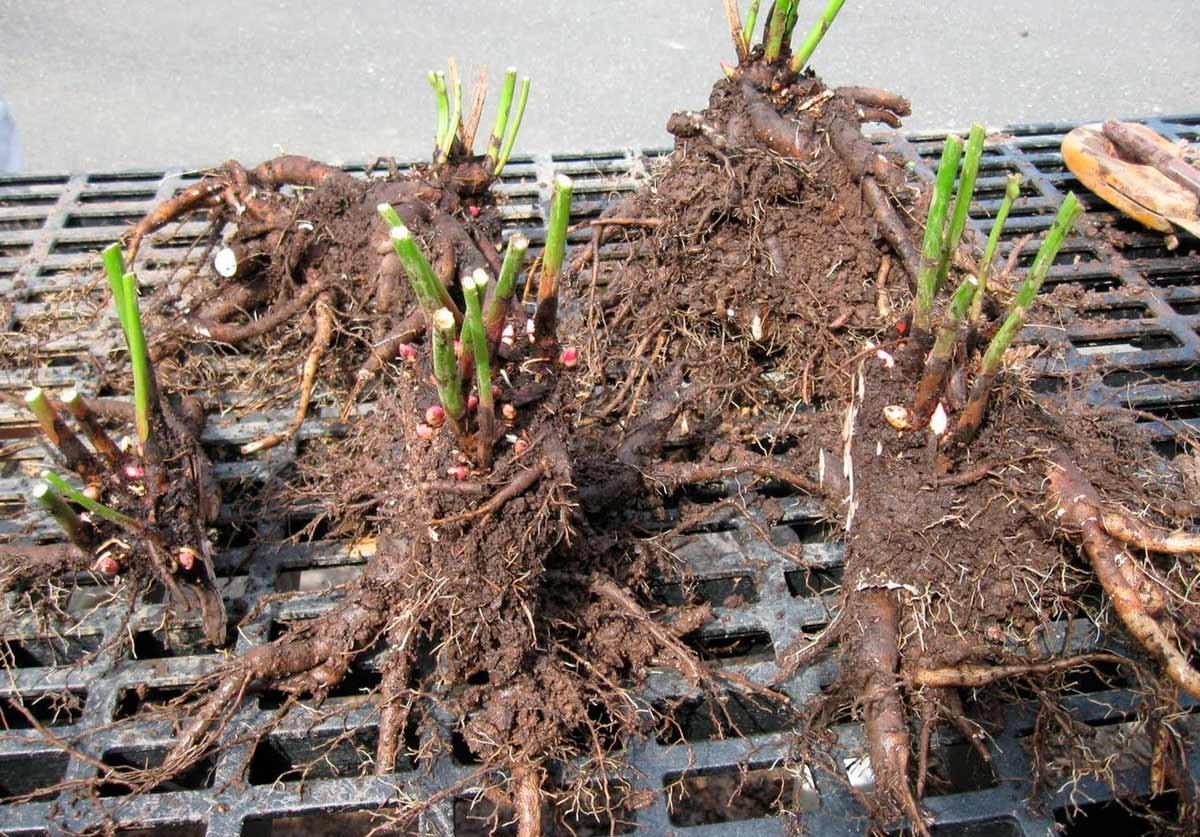
Experienced gardeners recommend that beginners propagate Kvitsin by division, as the process is simple and highly effective.
At the beginning of autumn, an adult Kvitsin peony is dug up, the roots are washed in water and bunches with renewal buds are found. The cuttings are cut off, placed in a solution of potassium permanganate and only then planted in the ground.
Cuttings, although not the most effective, are a very popular way to propagate Kvitsin peonies.You will need a thick shoot with an unopened bud; it is trimmed and most of the leaves are removed. The lower cut is treated with Kornevin, the plant is placed in a pot with nutritious soil and covered with film.
After the plates appear, the film is removed. A year or later, Kvitsin peonies are transplanted into the garden. Flowering in this case will occur in 5-6 years.
Diseases and pests
Most hybrids boast a strong immune system - and the Kvitsin peony is no exception. It is disease resistant. However, if not properly cared for, rust and gray rot can develop. Flowers infected with rust are treated with Bordeaux mixture, and the affected areas are immediately cut off. The drug Thiram is used against gray rot.
Insects pose a greater danger to Kvitsin peony than diseases. Ants and aphids are the main pests. They usually enter into symbiosis (ants carry aphids on themselves to protect themselves from natural enemies), so the presence of one pest signals the imminent appearance of another.
Application in landscape design
Peony Kuitzin has found its application in garden design. It is often used to decorate flower beds.
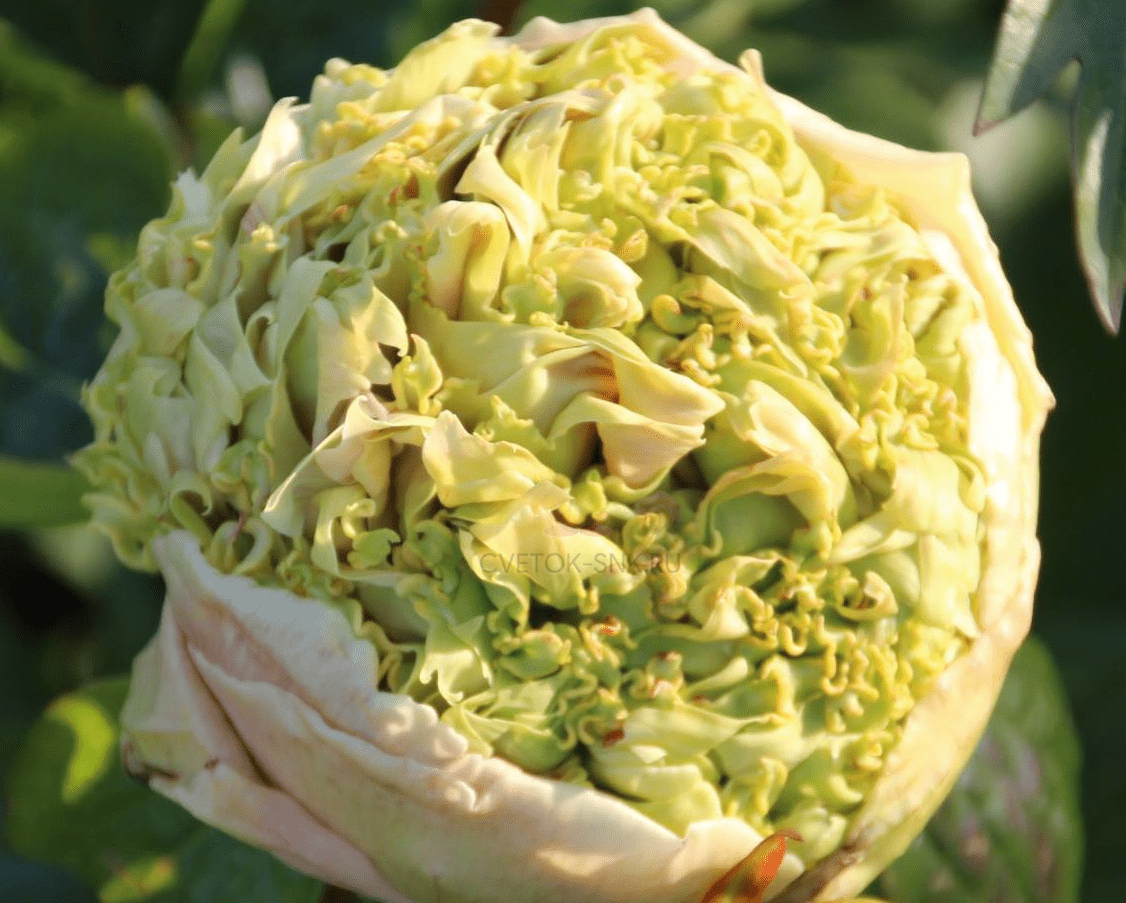
Solitaire planting allows you to draw attention to the peony
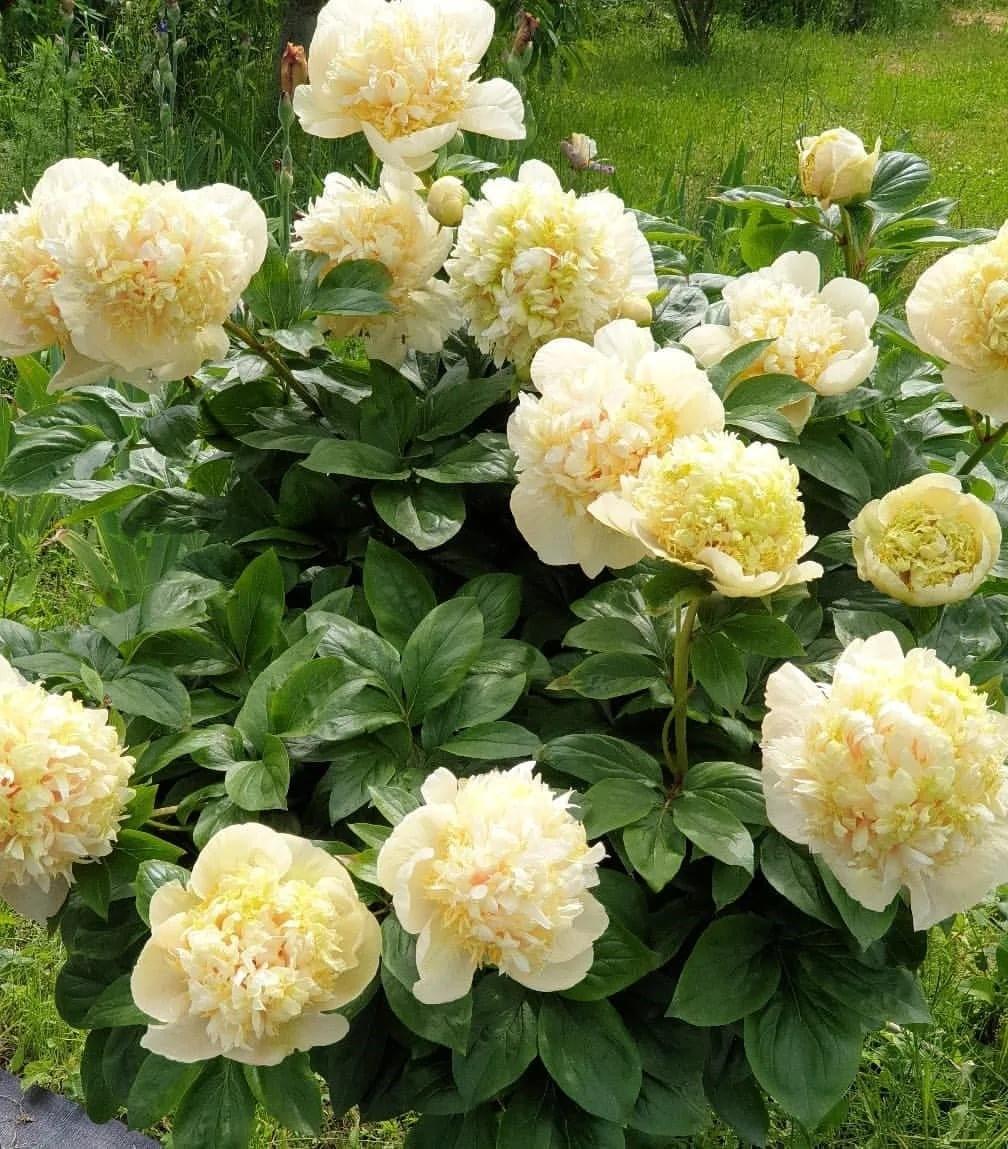
You can make a hedge from Kuitzin peony
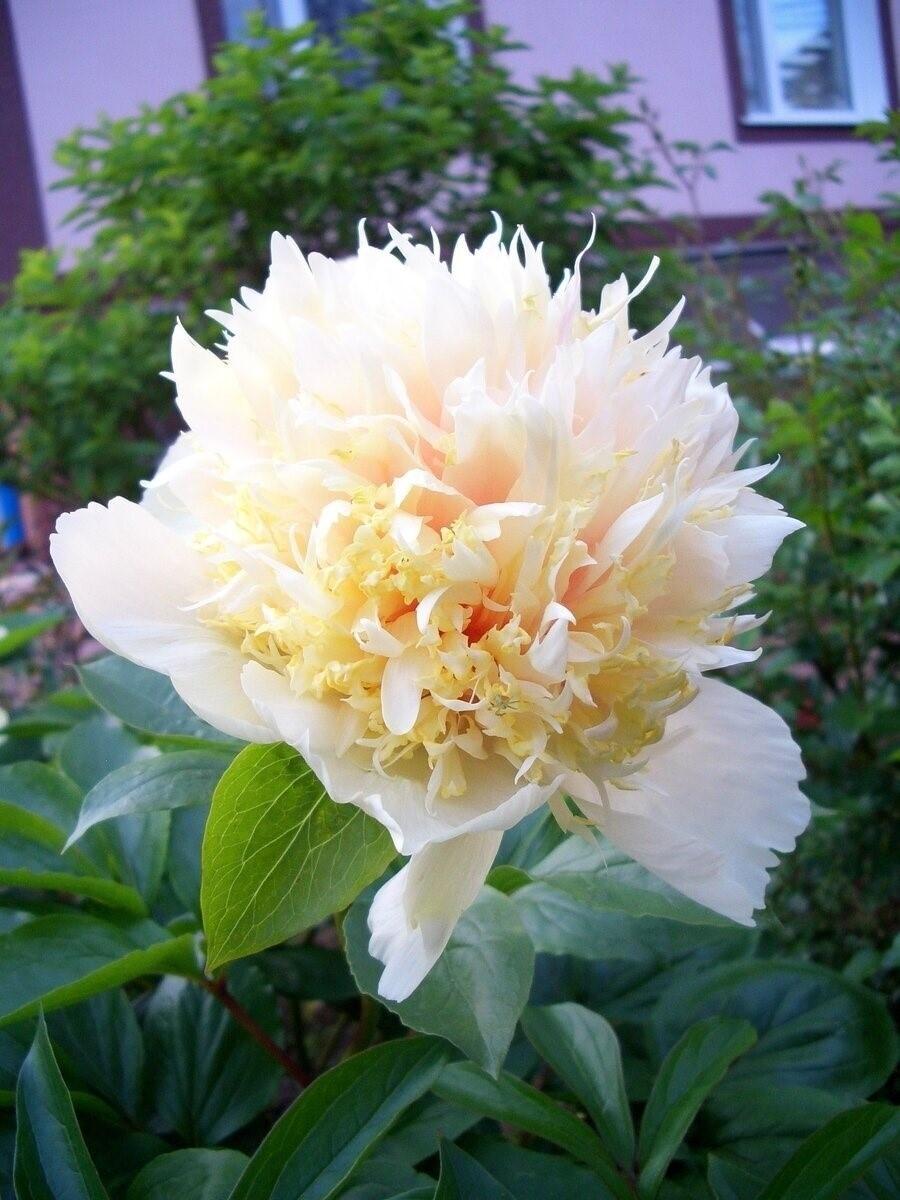
The flower looks good against the background of tall green bushes
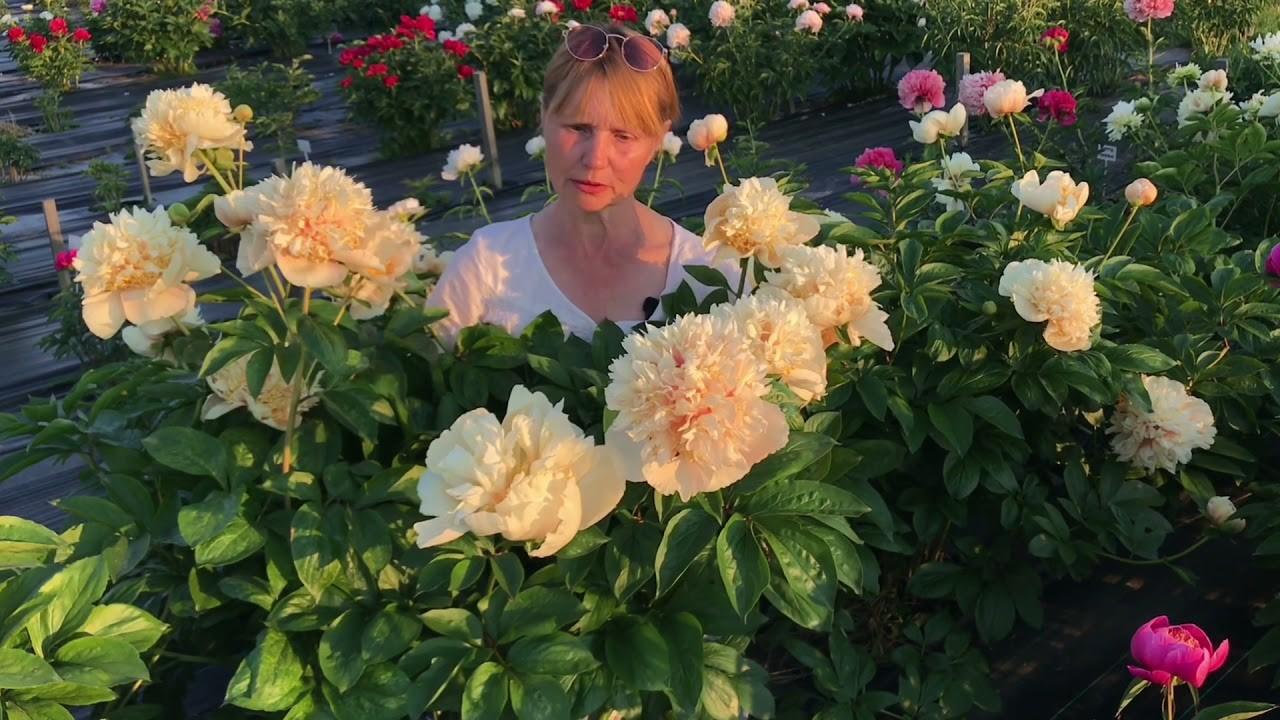
In combination with other varieties, the Kuitzin peony looks simply unforgettable.
Conclusion
Despite its short breeding history, the Kvitsin peony has become widespread. This happened thanks to designers and florists decorating their works. The beauty of the plant is difficult to overestimate.Beginning gardeners will be interested in it due to its low demands, and professionals will be interested in the opportunity to combine plantings with other flowers.
Reviews from gardeners about the Kvitsin peony
